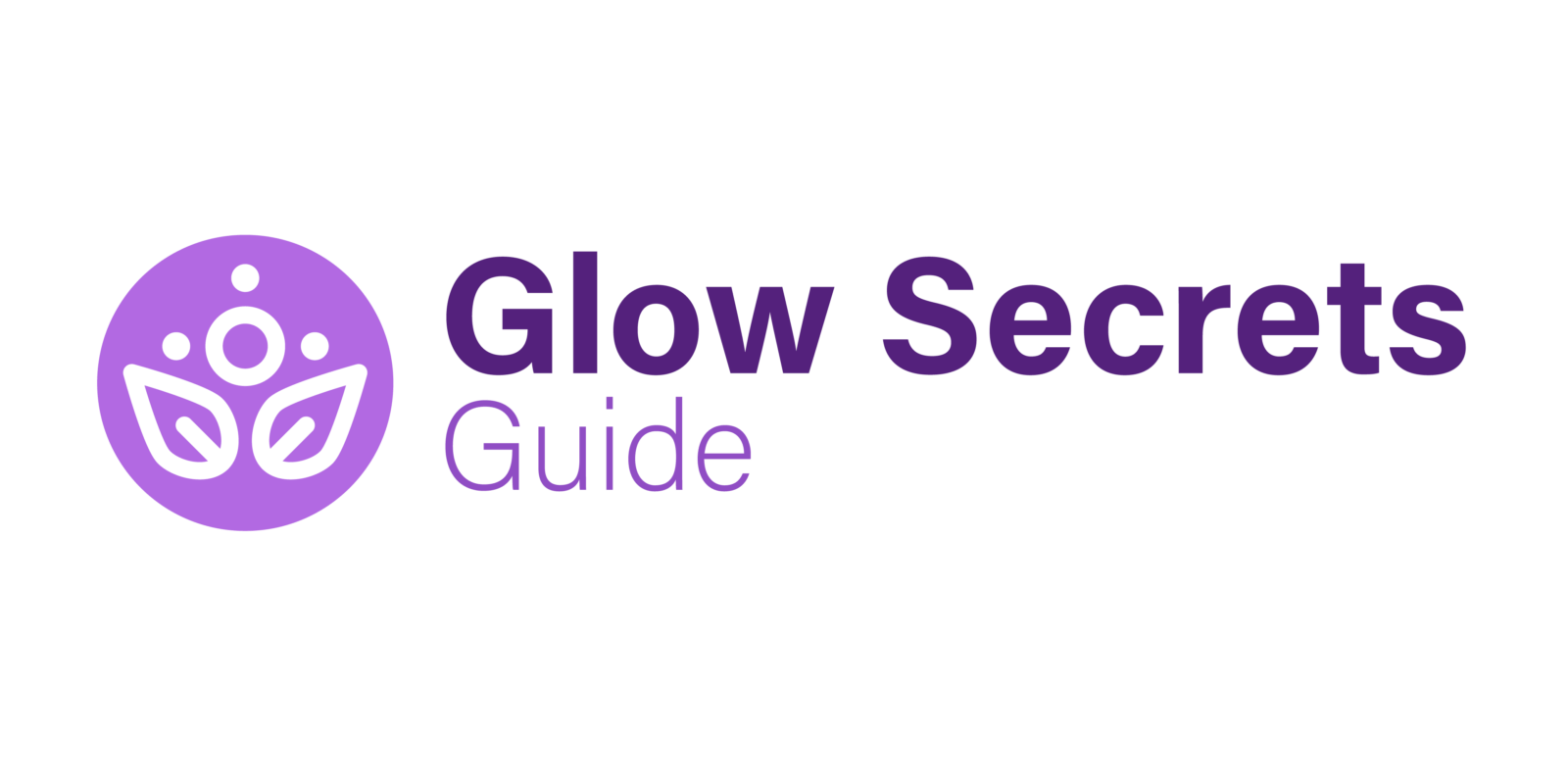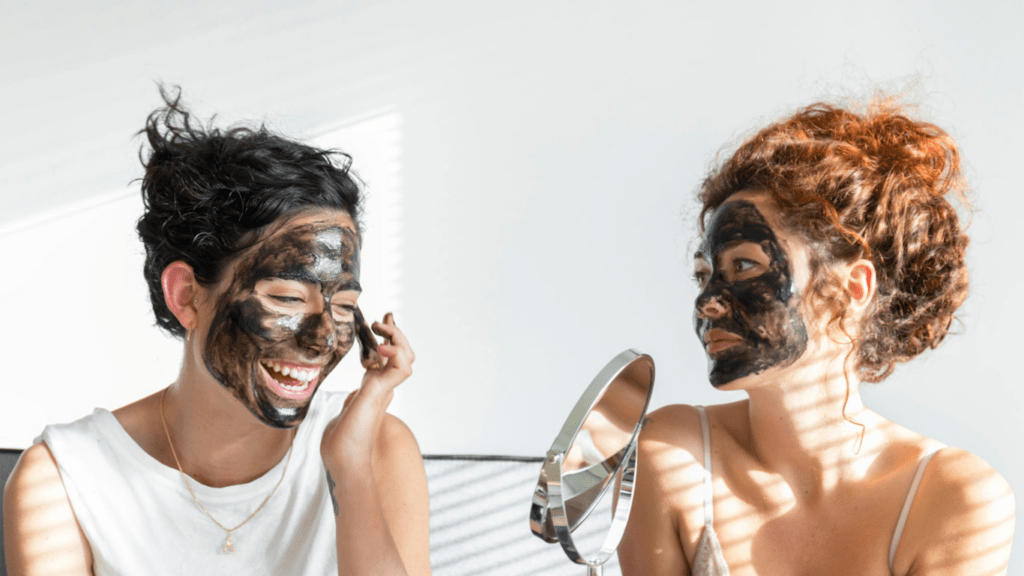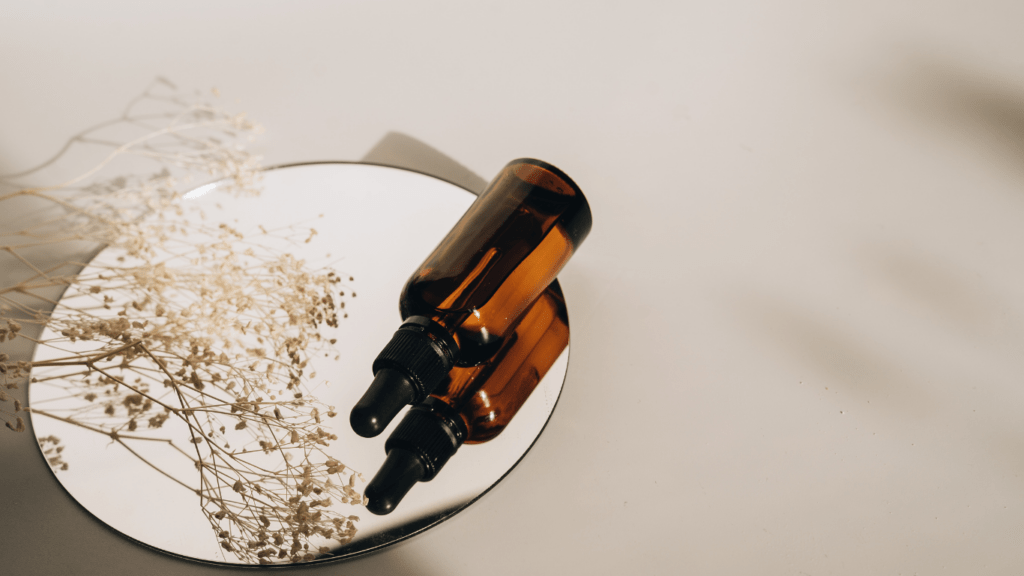Understanding Oily Skin
Oily skin results from overactive sebaceous glands producing excess sebum. Sebum, a natural oil, helps protect the skin but can cause issues when overproduced. Genetics typically influence sebum production, but factors like hormones and diet also play roles.
Excess oil leads to a shiny appearance and can clog pores. Clogged pores often result in acne, blackheads, and other blemishes. Recognizing oily skin characteristics, such as a shiny T-zone and large pores, is crucial for proper skincare.
Hormonal changes, such as those during puberty or menstruation, often trigger increased oil production. Stress and high-glycemic diets can also exacerbate oily skin. Understanding these triggers helps mitigate the symptoms.
Establishing an effective skincare routine focuses on balancing sebum production without stripping the skin of its natural moisture. Using oil-free or non-comedogenic products can minimize pore clogging and manage shine.
Essential Steps in the Skincare Routine
Oily skin requires a systematic skincare approach to maintain its balance and health. Using specific steps regularly helps manage sebum production and prevents common issues like pore blockages. Let’s explore these essential steps.
Cleansing
Clearly, cleansing is crucial for oily skin. I use a gentle, foaming cleanser twice a day to remove excess oil, dirt, and impurities. Look for products with salicylic acid, which helps unclog pores. Avoid harsh cleansers that strip natural oils and cause overproduction of sebum.
Exfoliating
Exfoliation helps remove dead skin cells and prevent clogged pores. I use a chemical exfoliant with alpha hydroxy acids (AHAs) or beta hydroxy acids (BHAs) twice a week. These ingredients reduce oil buildup and promote cell turnover. Avoid physical exfoliants with abrasive particles, as they can irritate the skin.
Toning
Toning balances the skin after cleansing. I opt for alcohol-free toners with ingredients like witch hazel or niacinamide. These help minimize pores and control oil production. Apply toner using a cotton pad, focusing on the T-zone.
Moisturizing
Moisturizing is essential, even for oily skin. I use a lightweight, oil-free moisturizer daily to hydrate without clogging pores. Look for non-comedogenic ingredients like hyaluronic acid and glycerin. This step prevents dryness and maintains the skin’s natural barrier.
Sun Protection
Sun protection is vital to prevent sun damage and oil production. I apply a broad-spectrum sunscreen with SPF 30 or higher every morning. Choose sunscreens labeled non-comedogenic and oil-free. This protects the skin while keeping it matte and free from extra shine.
By following these steps, a skincare routine for oily skin can effectively manage sebum levels while maintaining skin health.
Additional Tips for Managing Oily Skin

Managing oily skin extends beyond skincare products. Incorporate healthy habits into your daily routine.
Diet and Lifestyle
Currying favor with healthy eating can improve skin health. Avoid foods high in sugar and refined carbs like pastries and candy. Opt for a balanced diet such as:
- rich in vegetables
- fruits
- lean proteins
- whole grains
Drink at least 8 cups of water daily to keep skin hydrated from within. Regular exercise can help reduce stress and balance hormones, both factors contributing to oily skin. Get 7-9 hours of sleep each night to allow skin time to repair and regenerate.
Using Non-Comedogenic Products
Choose products labeled “non-comedogenic” to avoid clogged pores.
- Oil-free makeup and skincare products are ideal for preventing breakouts.
- Lightweight, water-based moisturizers provide necessary hydration without adding excess oil.
- Look for ingredients like hyaluronic acid, glycerin, and aloe vera which moisturize without greasiness.
Always patch test new products to ensure they don’t cause a reaction.
Product Recommendations
When choosing the best products for oily skin, it’s essential to focus on formulations that control excess oil without stripping the skin. Below are some product recommendations:
Cleansers
Select cleansers that contain salicylic acid or benzoyl peroxide, as they help dissolve excess oil and unclog pores. Examples include La Roche-Posay Effaclar Medicated Gel Cleanser and Neutrogena Oil-Free Acne Wash. These ingredients prevent acne while removing impurities.
Toners
Choose toners with witch hazel or niacinamide to balance oil and minimize pores. Thayers Alcohol-Free Witch Hazel Toner and The Ordinary Niacinamide 10% + Zinc 1% are excellent options. They soothe skin while controlling sebum production.
Moisturizers
Opt for non-comedogenic moisturizers with lightweight, hydrating ingredients. Products like CeraVe PM Facial Moisturizing Lotion and Neutrogena Hydro Boost Water Gel contain hyaluronic acid and glycerin, providing hydration without clogging pores.
Sunscreens
Use broad-spectrum sunscreens with a matte finish to avoid shine. EltaMD UV Clear Broad-Spectrum SPF 46 and La Roche-Posay Anthelios Clear Skin SPF 60 are highly recommended. They offer sun protection while controlling oil production.
These products help create a tailored skincare routine that addresses the specific needs of oily skin.


 Jewelldane Fultz is a skincare specialist and beauty enthusiast who has spent years studying the science behind healthy skin. Known for her expertise in formulating effective skincare routines, Jewelldane emphasizes simplicity and consistency to help people achieve long-lasting results. Her in-depth knowledge of skincare ingredients makes her a trusted source for anyone looking to enhance their natural glow.
Jewelldane Fultz is a skincare specialist and beauty enthusiast who has spent years studying the science behind healthy skin. Known for her expertise in formulating effective skincare routines, Jewelldane emphasizes simplicity and consistency to help people achieve long-lasting results. Her in-depth knowledge of skincare ingredients makes her a trusted source for anyone looking to enhance their natural glow.
